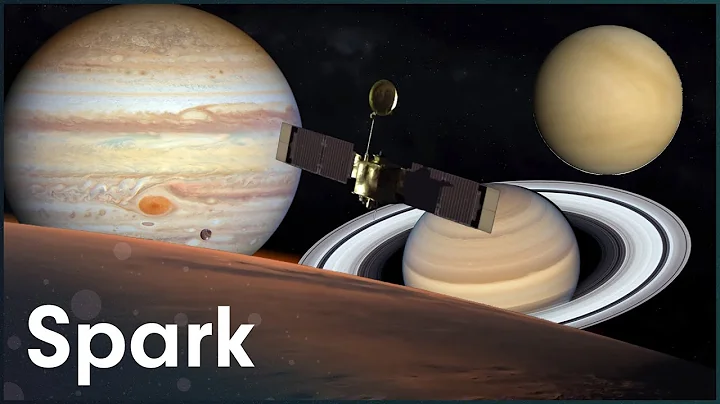Covered in gas, distant planets may have conditions suitable for liquid water

Diagram showing layers of helium and hydrogen that could allow water to become liquid on unusually distant planets
Somewhere in the universe, there may be rocks Worlds may be twice as far away from their host stars as Earth is from the Sun. Far from the warmth of their stars, these planets should be quite cold—any water on their surfaces should be frozen.
But planetary scientists say there may be a class of rocky exoplanets covered in thick layers of hydrogen and helium. If these layers insulate the planet's core from the harsh cold of space, then their surfaces may be just the right temperature to host liquid water. And, if so, these worlds might be habitable.
About a decade ago, scientists proposed that such a world might be able to support life. They sometimes call these planets "cold super-Earths" because they can be up to 10 times more massive than our home planet. But researchers haven't yet figured out whether water could linger on these exoplanets long enough for life to evolve.
Now, new calculations described in a paper published Monday in the journal Nature Astronomy suggest that surface conditions on these worlds may have been temperate long enough to support life — between 5 billion and 8 billion years. By comparison, Earth is only about 4.5 billion years old, and life emerged here about 3.7 billion years ago.
"Life takes some time to evolve. So this long period of time is really important," said Björn Benneke, a professor of astrophysics at the Institute of Exoplanet Research at the University of Montreal, who was not involved in the new study. He said that if super-Earths had only liquid water for a relatively small part of their existence - say a million years or so - then the hypothesis that these planets might be habitable in a hydrogen atmosphere would be "disheartening" .
New calculations hint at the potential habitability of these cold super-Earths. Their existence is still theoretical - it has not yet been discovered - so this increases the incentive for astrophysicists to search for this class of exoplanets as they try to determine whether we are alone in the universe.
"It's important to be really open-minded and not to expect that life has to be in conditions that exactly replicate Earth," said Marit Mol Lous, lead author of the new paper and a doctoral student studying exoplanets at the University of Zurich in Switzerland. "This gives us an additional argument to keep these exotic habitats in mind."
Based on our only known habitable world model of Earth, scientists often find that the planet's surface is neither too hot nor too hot for liquid water. The cold region looks for planets that also orbit their stars. The area is often referred to as the Habitable Zone, or nicknamed the "Goldilocks Zone." In contrast, so-called cold super-Earths lie outside the habitable zone of their stars. But counterintuitively, it may also be part of what makes these alien worlds habitable.
On Earth, atmospheric greenhouse gases such as carbon dioxide and methane help maintain the "just right" temperature of water. Hydrogen can also act as a greenhouse gas if there's enough of it around.
The trick is to keep the hydrogen gas around long enough for it to build up. It's an extremely light element, so unless the planet is large enough and has enough gravity to hold the gas, hydrogen will disappear into space. If the planet is close to its star, radiation can cause these particles to escape faster. The vast distance between these cold super-Earths and their stars protects their hydrogen gas from being torn apart.
To figure out what a cold super-Earth would need to maintain just the right thickness of its hydrogen-helium atmosphere over long periods of time, Mol Lous developed computer models of rocky exoplanets of various sizes. She placed them at multiple distances from the simulated host star. She then modeled how they evolved over time.
Mol Lous takes into account factors that affect a planet's surface temperature, such as its escape rate, how its host star brightens or dims over time, and the amount of heat given off by the radioactive material inside it.
She found that the best location for long-term liquid water is if the hydrogen-helium-dominated atmosphere is 100 to 1,000 times thicker than Earth's, the planet is 1 to 10 times more massive, and it is at least 100 miles away from it The star is twice as far away as the Earth is from the Sun.
Such distances, while making these cold super-Earths interesting, also make them difficult for astronomers to spot. The techniques scientists typically use to detect exoplanets rely on worlds passing in front of its star. Such transits slightly dim the host star's light, which astrophysicists use to calculate the existence of orbiting worlds. But when a super-Earth-sized planet orbits so far away, it's unlikely it would align at the right moment to be detected by current technology, Benneke said.
Therefore, he said, it remains unknown whether such a super-Earth exists. "But... what experts have proven is that this diversity of planets, the whole range of planets that could exist is actually very large." If they do exist, there's still a lot to be said about how such a cold, wet world could have formed. many questions. Mol Lous and her colleagues are already working on new models to explore the formation of cold super-Earths.





















